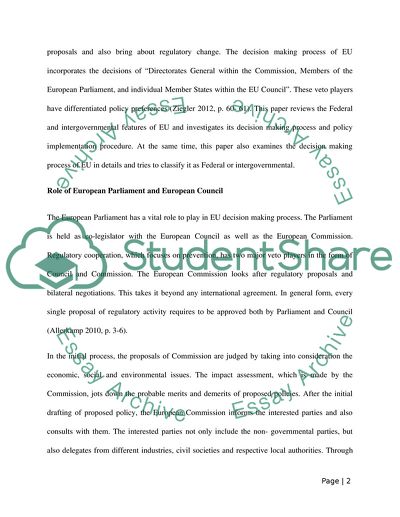Cite this document
(Decision Making Process of European Union: Federal or Research Paper, n.d.)
Decision Making Process of European Union: Federal or Research Paper. Retrieved from https://studentshare.org/politics/1802066-is-the-eus-decision-making-process-best-characterized-as-fedral-or-intergovernmental
Decision Making Process of European Union: Federal or Research Paper. Retrieved from https://studentshare.org/politics/1802066-is-the-eus-decision-making-process-best-characterized-as-fedral-or-intergovernmental
(Decision Making Process of European Union: Federal or Research Paper)
Decision Making Process of European Union: Federal or Research Paper. https://studentshare.org/politics/1802066-is-the-eus-decision-making-process-best-characterized-as-fedral-or-intergovernmental.
Decision Making Process of European Union: Federal or Research Paper. https://studentshare.org/politics/1802066-is-the-eus-decision-making-process-best-characterized-as-fedral-or-intergovernmental.
“Decision Making Process of European Union: Federal or Research Paper”, n.d. https://studentshare.org/politics/1802066-is-the-eus-decision-making-process-best-characterized-as-fedral-or-intergovernmental.


